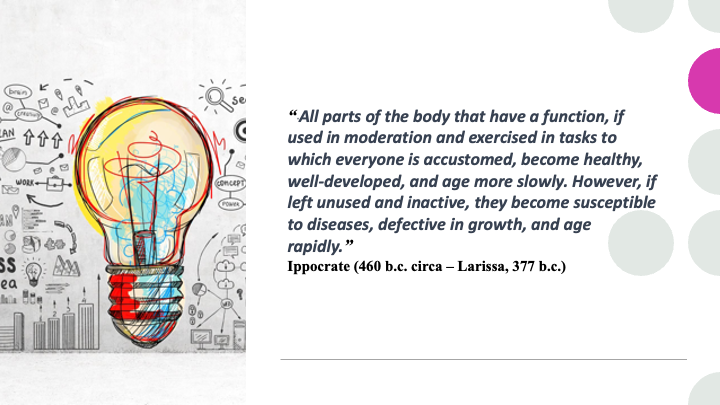I often hear repeatedly that mental training is only useful for high-level athletes/teams for the reason they experience such intense competitive stress situations so they need to increase their psychological skills. While, on the other hand, it would be of little use to lower level athletes/teams since they still have to work hard to improve their technical sports skills.
Personally, I am convinced that past the first stage of sport learning and one is no longer a novice, mental training becomes just as necessary as technical training. This is because of an indisputable fact: those who know how to focus more effectively, provide performance that is consistent with their technical level whatever it may be.
In fact, the mental rehearsal of the sport action before its actual execution places the individual in the “ready” condition, and the immediate execution finds him or her already focused on the performance. Moreover, mental repetition is also useful at the end of an action, especially in the event that it has been very effective.
In this case, mentally following what one has just done allows one to further memorize the act, just as if one were doing it one more time. In addition, another mental component that needs to be trained is dialogue with oneself, that is, the words we say to each other during the activity.
Learning to be positive and assertive is an extremely important psychological aspect even if you are not going to be a champion. Finally performing not only a physical but also a mental warm-up is in most sports essential for a satisfactory start. These are some reasons why mental training is useful.






